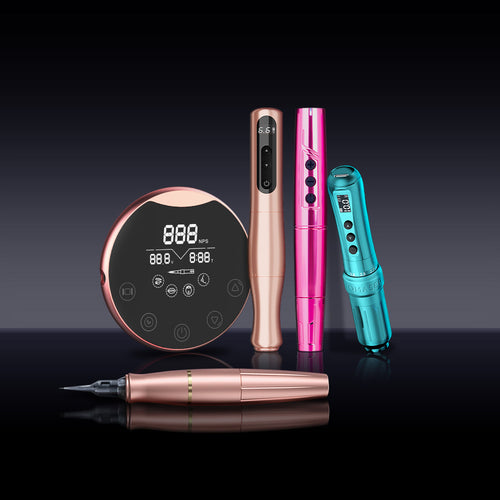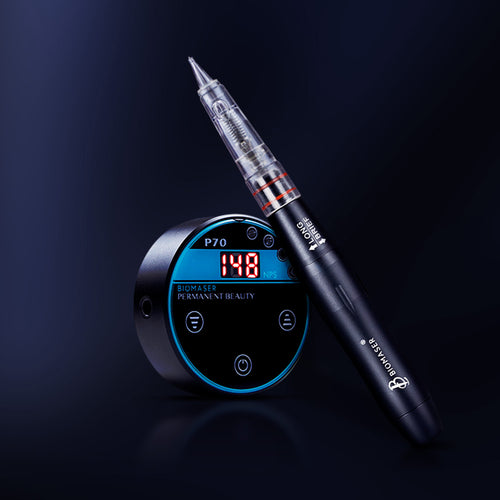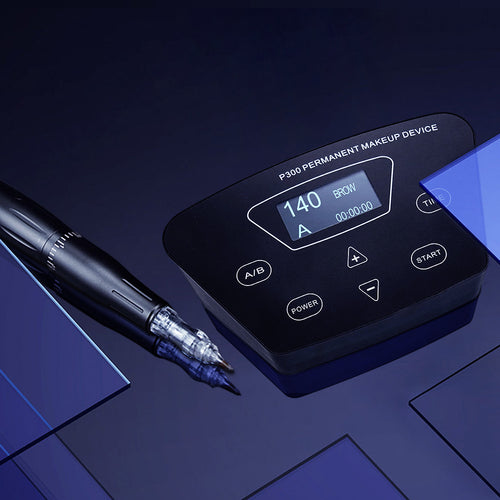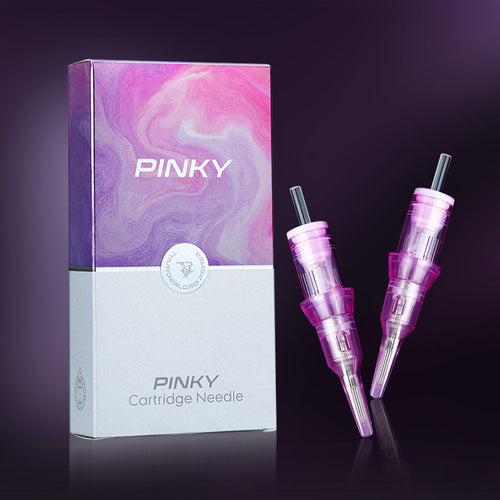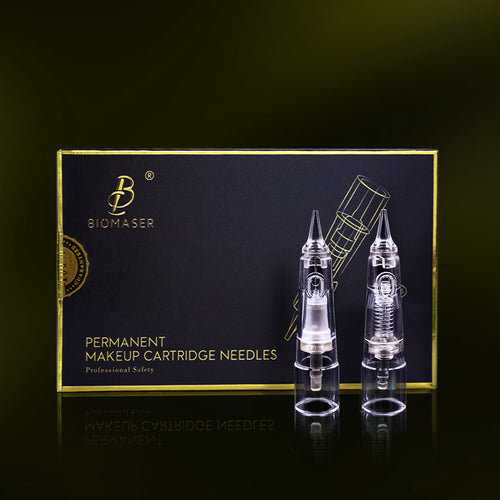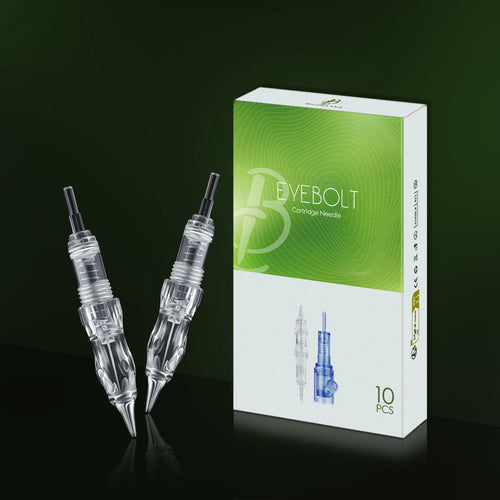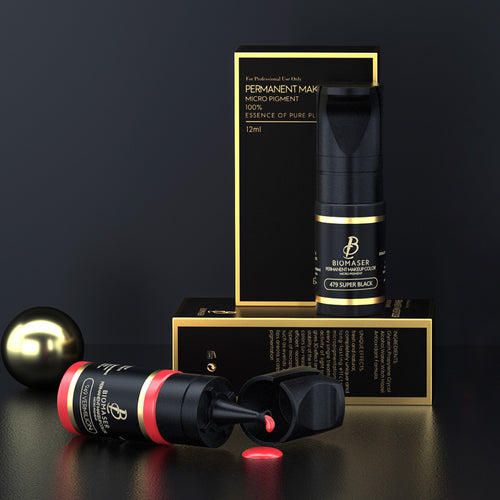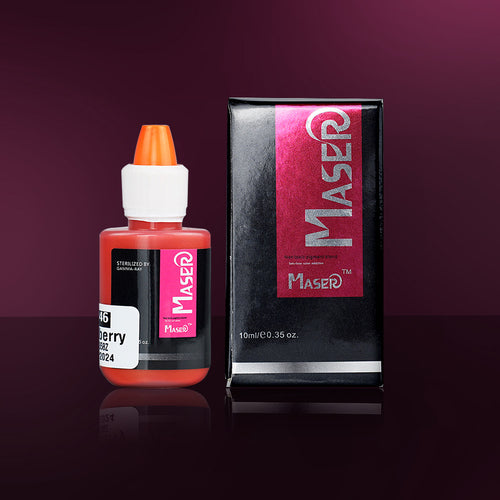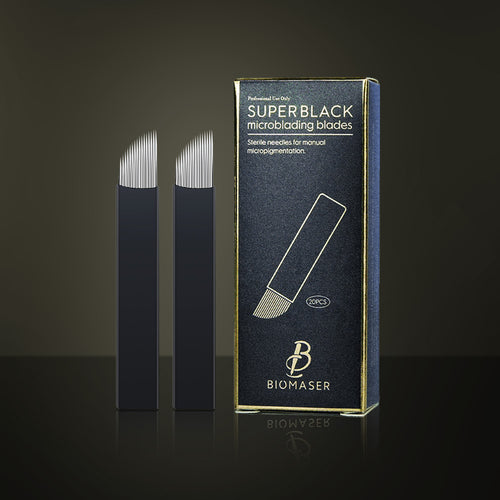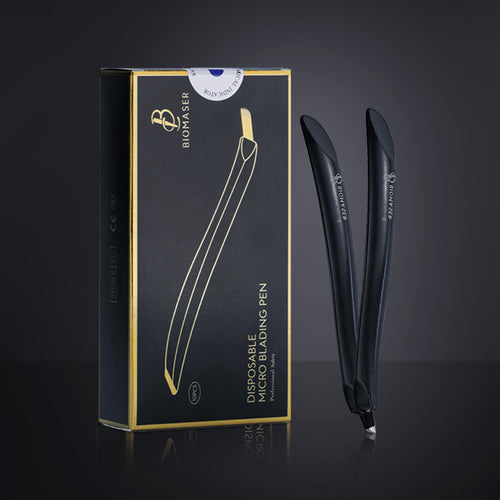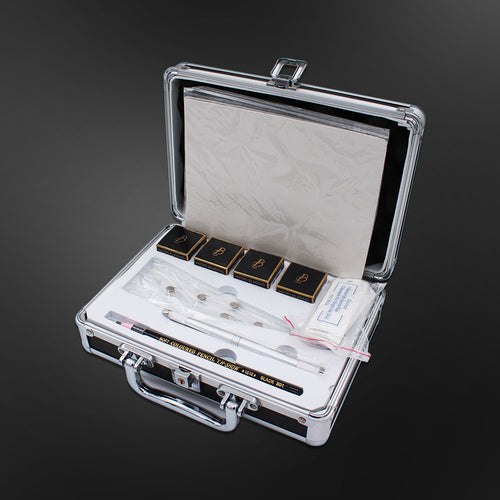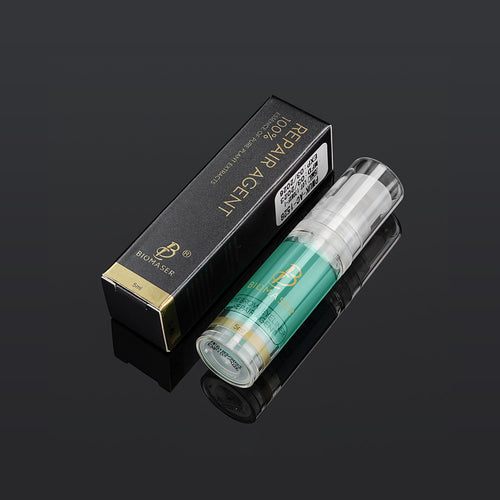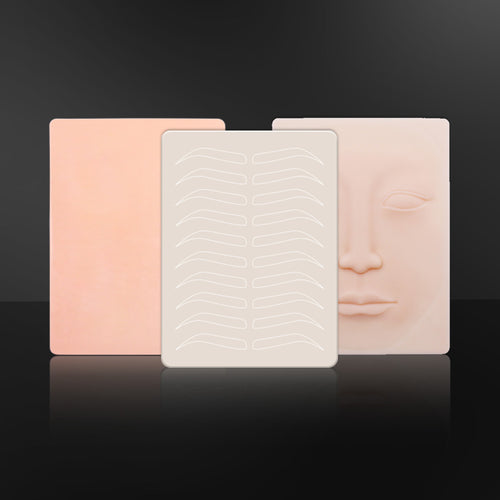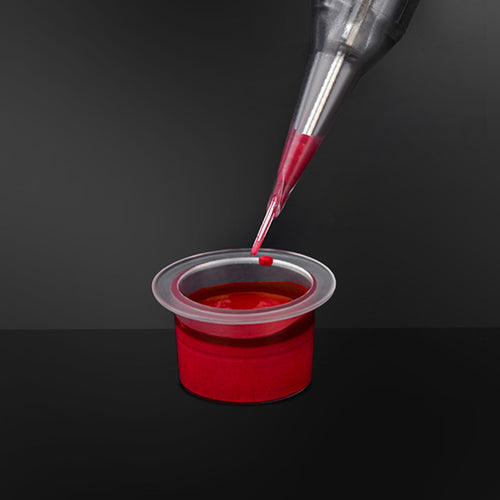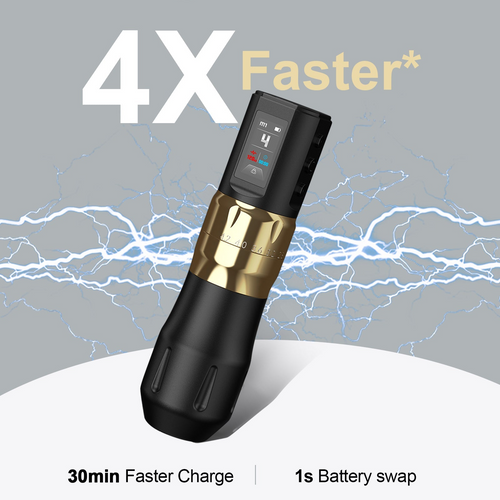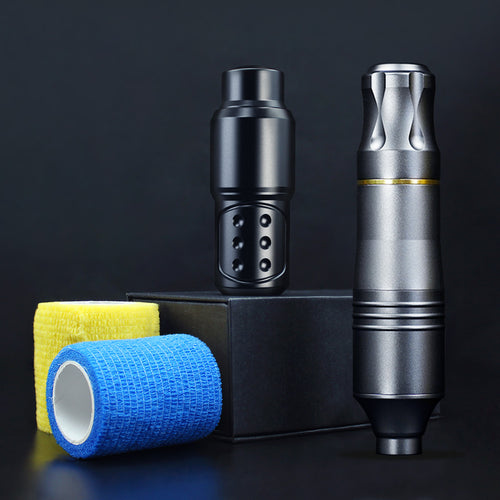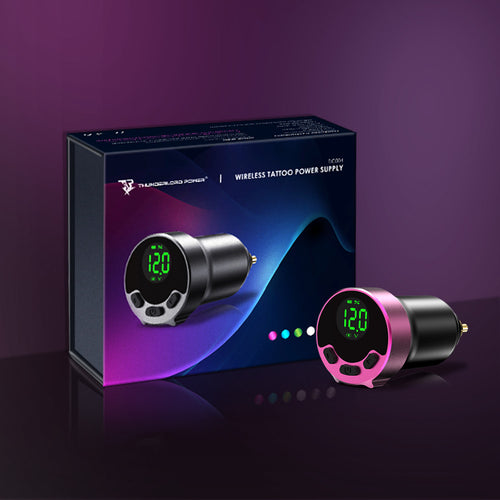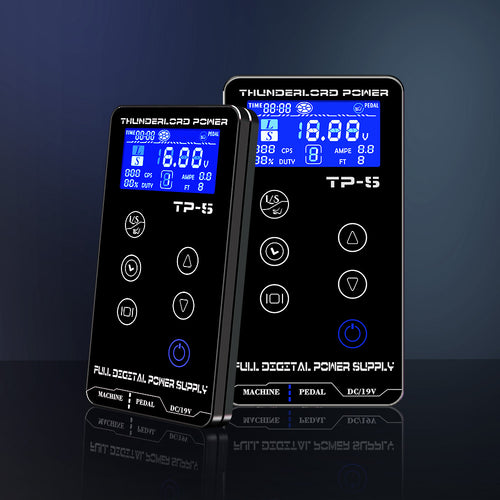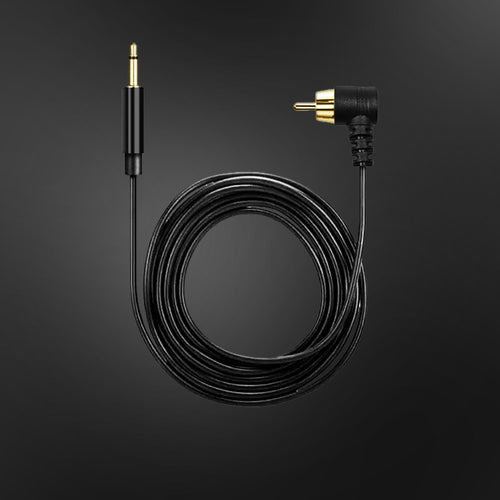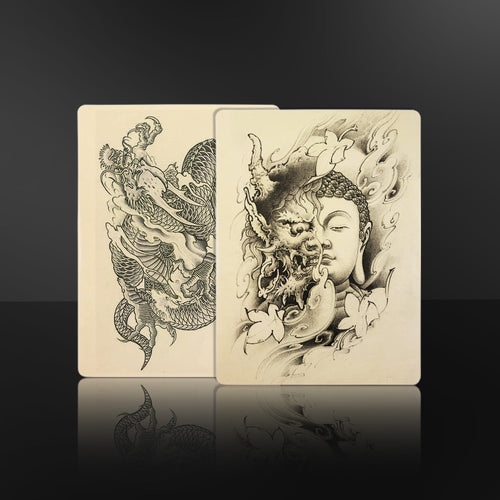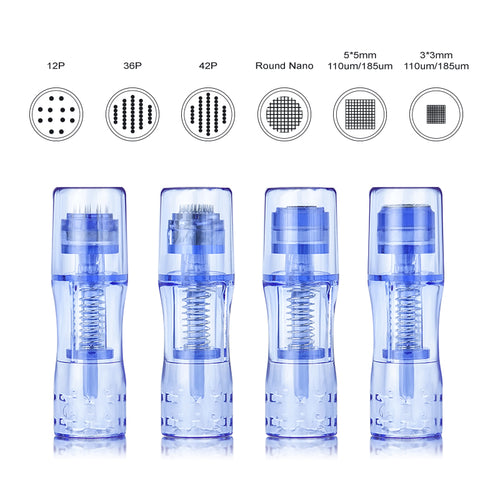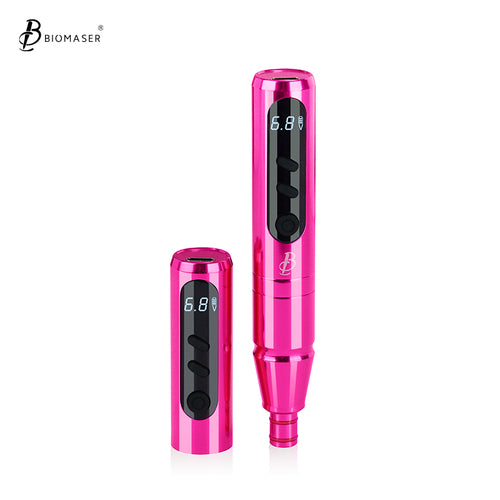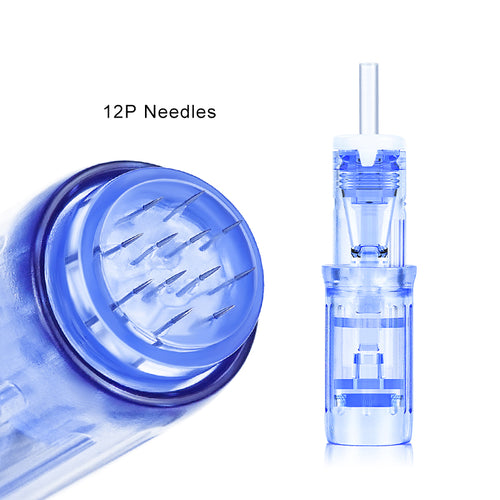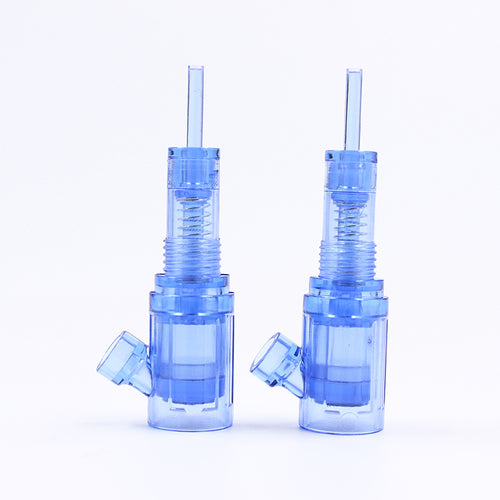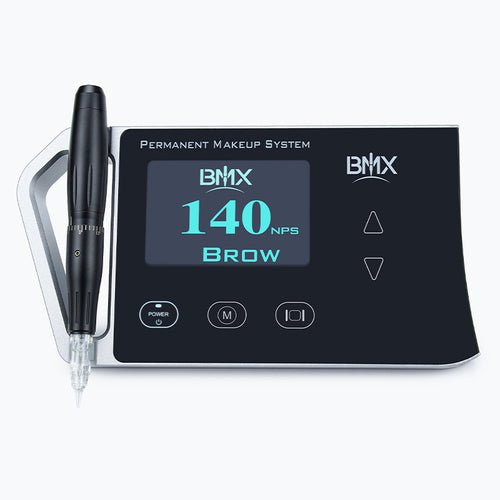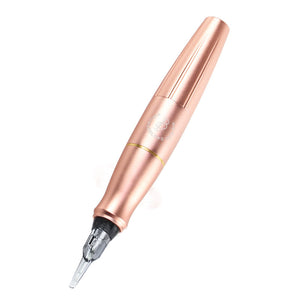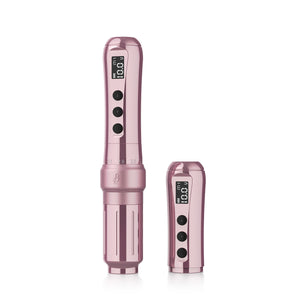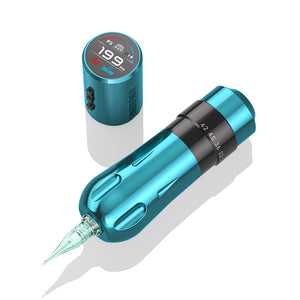What Speed Is Best for Tattooing?
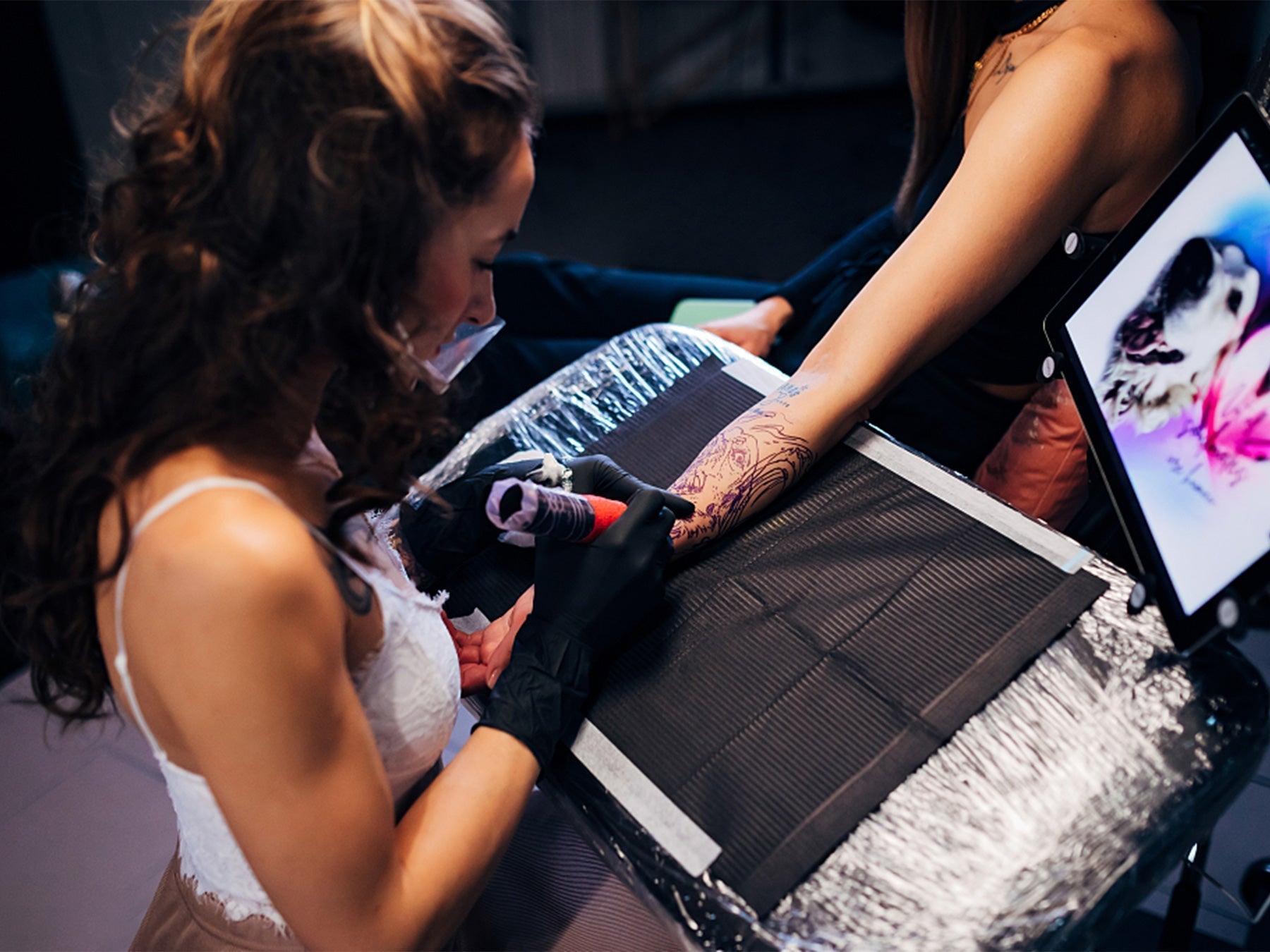
When considering tattooing, you need a keen understanding of the tools and techniques that lead to stunning ink work. A crucial yet often overlooked component is the speed at which a tattoo machine operates-too fast, and you risk skin trauma; too slow, and the ink may not settle correctly. With the popularity of tattoos surging, the importance of dialing in the optimal speed setting on your tattoo machine cannot be overstated. This guide will tell the secrets behind finding that sweet spot in machine speed, ensuring that your artwork embodies precision, safety, and beauty, whether you're etching fine lines or infusing bold colors.
How Does Speed Influence Tattoo Artistry?
For Lines and Shading Just Right
For crisp, clean lines, a tattoo gun should operate at a swift but controlled tempo. This higher speed allows for smooth, continuous lines without causing unnecessary trauma to the skin. Conversely, shading and color work usually call for a slower pace, allowing the artist to deposit ink more evenly and gently, building up gradients and saturation with care.
For Tattoo Safety and Quality
Speed isn't just about aesthetics; it's also about protecting the canvas – your client's skin. A rate too rapid can create excessive friction, leading to heat, discomfort, and potential scarring. On the other hand, a pro tattoo machine set too slow might require multiple passes over the same area, increasing the risk of infection and a muddled design.
How Does the Needle Interact With Different Skin Layers?
Comprehending how a needle interacts with human skin is as crucial as mastering your machine's speed to achieve tattooing excellence.
A Tattoo Artist's Guide
Human skin is composed of three primary layers: the epidermis (outer layer), dermis (middle layer), and subcutaneous tissue (bottom layer). Tattoo needles should penetrate only into the dermis, where the ink is held in place. However, the thickness and texture of skin can vary vastly from person to person and even from one body part to another, affecting how the artist adjusts the machine.
Setting Tattoo Machine Speed by Skin Depth
Typically, lining work requires a higher speed to pierce the skin efficiently and deposit the ink into the dermis with precision. In contrast, when shading or color packing, a slower speed allows for a softer touch, which helps spread the ink more evenly without overworking the skin.
3mm stroke Tattoo Machine Double head Tattoo permanent makeup CTGE004
What Speed Settings Best Suit Different Tattooing Techniques?
Each tattooing technique has its rhythm and requires a different machine speed to achieve the highest quality.
- The Right Rhythm for Line Work: Linework is the foundation of most tattoos, demanding precision and consistency. For this task, a higher speed is typically employed-ranging from 7.5 to 8.5 volts, depending on the machine and power supply. This ensures that the needle penetrates quickly and withdraws cleanly, creating sharp and defined lines.
- Shading with Nuance: Shading demands a softer touch to avoid over-saturation and skin trauma. The ideal speed for shading is generally lower, often between 5 to 6 volts. A slower needle movement allows for a gradual build-up of ink, which is essential for smooth gradients and subtler transitions.
- Vibrant Color Packing: Color packing, where large areas of solid color are required, benefits from a moderate speed-not as fast as lining but not as slow as shading. Operating in a range of 6 to 7 volts can be effective, allowing the artist to fill areas with color efficiently while still maintaining control over ink distribution and minimizing skin damage.
Biomaser U1 Wireless PMU Tattoo Machine Eyebrows & Lips
How to Adjust Tattoo Machine Speed for Optimal Results?
- Considering Needle Configurations: Different needle configurations, such as liners, shaders, and magnums, have unique characteristics requiring specific speed adjustments. A tight liner needle usually works best with a faster speed, while a magnum shader might call for a slower pace to disperse ink over larger areas without causing trauma.
- Ink Viscosity and Its Impact: The thickness of the ink, or its viscosity, also plays a role in determining speed. Thicker inks may need a slower needle movement to allow for proper placement and saturation, whereas thinner inks might tolerate higher speeds without blowing out.
- Adapting to Skin Types: Skin types vary from person to person; some may be more elastic or resilient, while others might be thinner or more sensitive. Artists must adjust their speed and technique accordingly. Sensitive skin may necessitate a gentler approach with slower speeds to reduce irritation and promote healing.
- Artist Technique and Machine Type: An artist's hand speed and pressure, combined with their preferred machine type (coil or rotary), will also influence the optimal speed setting. It requires a balance between personal technique and the mechanical attributes of the tattoo machine being used.
Practical Tips for Mid-Session Speed Adjustments
1. Observe the Skin's Reaction:
Watch for immediate swelling or redness, which may indicate that the speed is too high.
Pay attention to bleeding; some are normal, but excess may suggest the need to reduce speed.
Look for signs of ink 'pooling' on the surface, which can mean that the needle isn't penetrating deeply enough due to a low-speed setting.
2. Monitor Client Feedback:
Listen to your client's feedback. If they report a sudden increase in pain or discomfort, consider adjusting the speed.
Be attentive to non-verbal cues like flinching or tensing up, indicating that the speed may be causing discomfort.
3. Step-by-Step Adjustment Techniques:
Pause and gently wipe the area with a clean cloth to assess the skin without ink obstructions.
Adjust the voltage by small increments (e.g., 0.1-0.2 volts) to avoid drastic changes that might affect the tattoo.
Resume tattooing and observe the effect for a few minutes before deciding if further adjustments are necessary.
7 Stroke adjustable Thunderlordpower U7 Wireless tattoo Machine Pen
4. Responding to Different Areas:
Be prepared to change machine speed when transitioning between different body parts. Thinner skin areas, such as wrists or ankles, usually require a slower speed than thicker-skinned areas like thighs or biceps.
For bony areas, use a lower speed to minimize pain and avoid blowing out lines due to the close proximity of skin to bone.
Tattoo Machine Speed Mastery
In tattooing, finding the perfect machine speed is essential for creating artwork that's both safe and stunning. A fast speed is key for sharp lines, while a slower one builds beautiful shading and color without harming the skin. Every artist has to balance their technique and the different needs of each client's skin, adjusting as they go for the best results. With careful attention and small adjustment to the machine's pace, the ideal balance between speed and skill brings each design to life, making sure it heals well and looks amazing for years to come.
